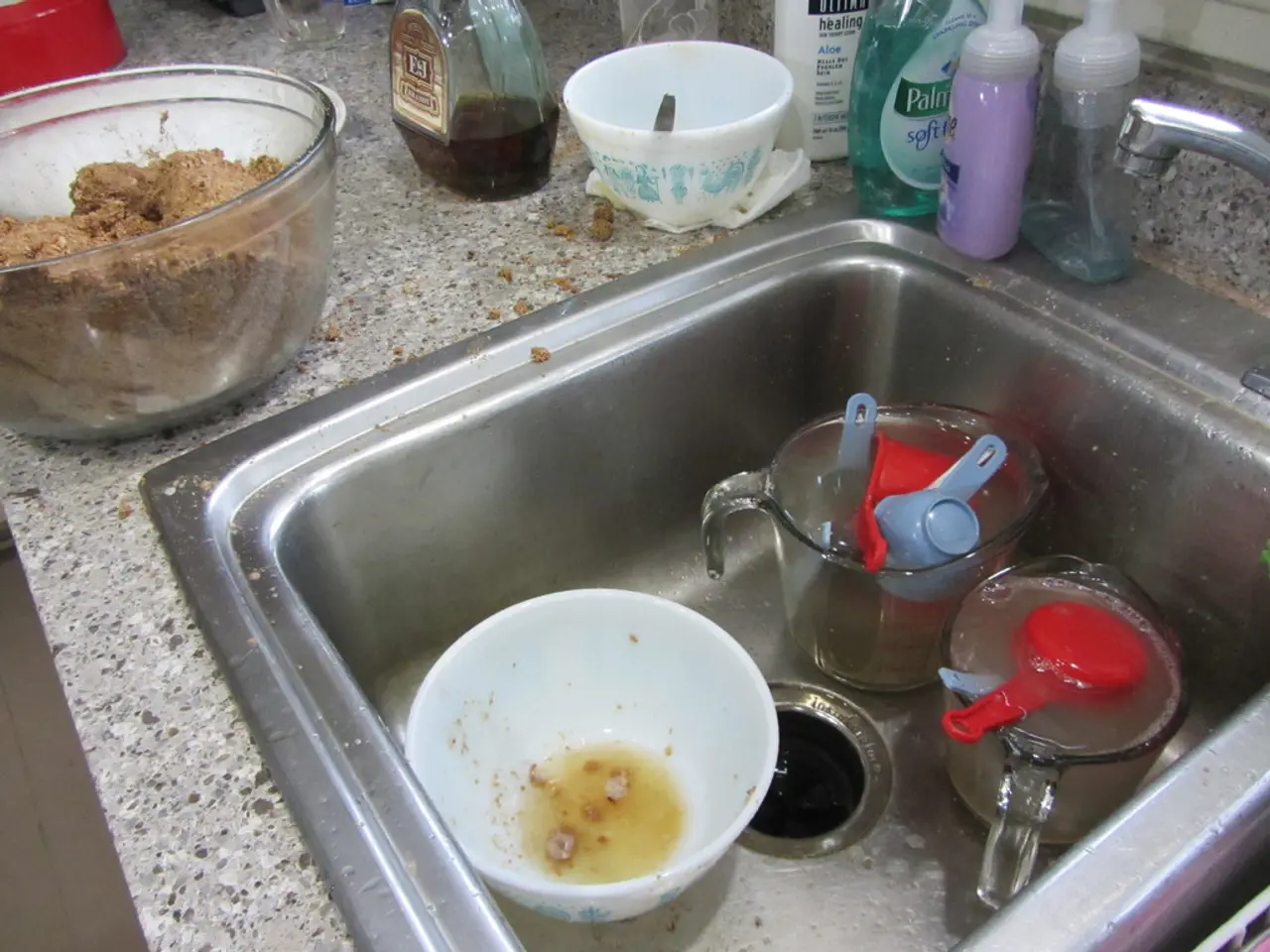SpaceX propels illness-inducing bacteria towards the International Space Station
In a significant step towards understanding the complexities of bacterial growth and antibiotic resistance, a collaborative study between NASA and a U.S.-based technology company, SpaceTango, is currently underway on the International Space Station (ISS). The study, part of NASA's Crew-11 mission, focuses on the bacterial species E. Coli, Salmonella bongori, and Salmonella typhimurium, which have been launched towards the ISS.
The experiment aims to systematically and molecularly map the genetic expression profile of these pathogenic bacteria under microgravity conditions. Researchers hope that the data obtained from this study will provide insights into the behavior of bacteria in space and how this behavior can contribute to the development of antibiotic resistance and virulence.
The study does not focus on the health of astronauts exclusively, but it aims to provide insights into how bacteria behave in microgravity, which could potentially have implications for human health on Earth. Ohad Gal-Mor, Head of the Infectious Diseases Research Laboratory at Sheba Medical Center in Israel, made a statement regarding the study.
The study's approach involves growing the bacteria under microgravity, freezing the samples at -80 degrees Celsius, and then returning the samples to Earth for comparison. The changes in bacteria's behavior, as observed in microgravity, may provide insights into how they behave inside a human body.
The purpose of the study is to help curb the spread of infectious disease and to find ways to prevent bacteria from developing antibiotic resistance. The changes in bacteria's behavior may include the speed at which they spread and their ability to evade treatments, both in space and on Earth.
While the detailed results of the Crew-11 bacterial experiments are not yet published, the planned approach involves analyzing how microgravity influences cell division and resistance mechanisms at the genetic and molecular levels after culturing in space. This could reveal whether microgravity stresses bacteria in ways that promote antibiotic resistance or modify growth, both of which are concerns for infection control in space habitats.
The study does not aim to find a direct cause-and-effect relationship between microgravity and the development of skin rashes or the loss of muscle in astronauts. However, the findings could potentially contribute to understanding how these conditions might affect astronauts' health indirectly.
The study's findings may help researchers develop strategies to combat the spread of infectious diseases and prevent bacteria from developing antibiotic resistance, both in space and on Earth. The data obtained from this study could be invaluable in addressing public health issues related to bacterial growth and antibiotic resistance. The launch was successful and was executed by SpaceX on August 1. The study is being conducted on the ISS, which is currently in orbit.
- The collaborative study between NASA and SpaceTango on the ISS, as part of NASA's Crew-11 mission, focuses on understanding the behavior of bacteria in microgravity, which could potentially have implications for human health on Earth.
- Researchers aim to curb the spread of infectious diseases and find ways to prevent bacteria from developing antibiotic resistance by analyzing how microgravity influences cell division and resistance mechanisms at the genetic and molecular levels.
- The insight garnered from this study could be invaluable in addressing public health issues related to bacterial growth and antibiotic resistance, both in space and on Earth.
- While the study does not aim to find a direct cause-and-effect relationship between microgravity and specific medical conditions like skin rashes or muscle loss, the findings could potentially contribute to a broader understanding of astronauts' health in space.




